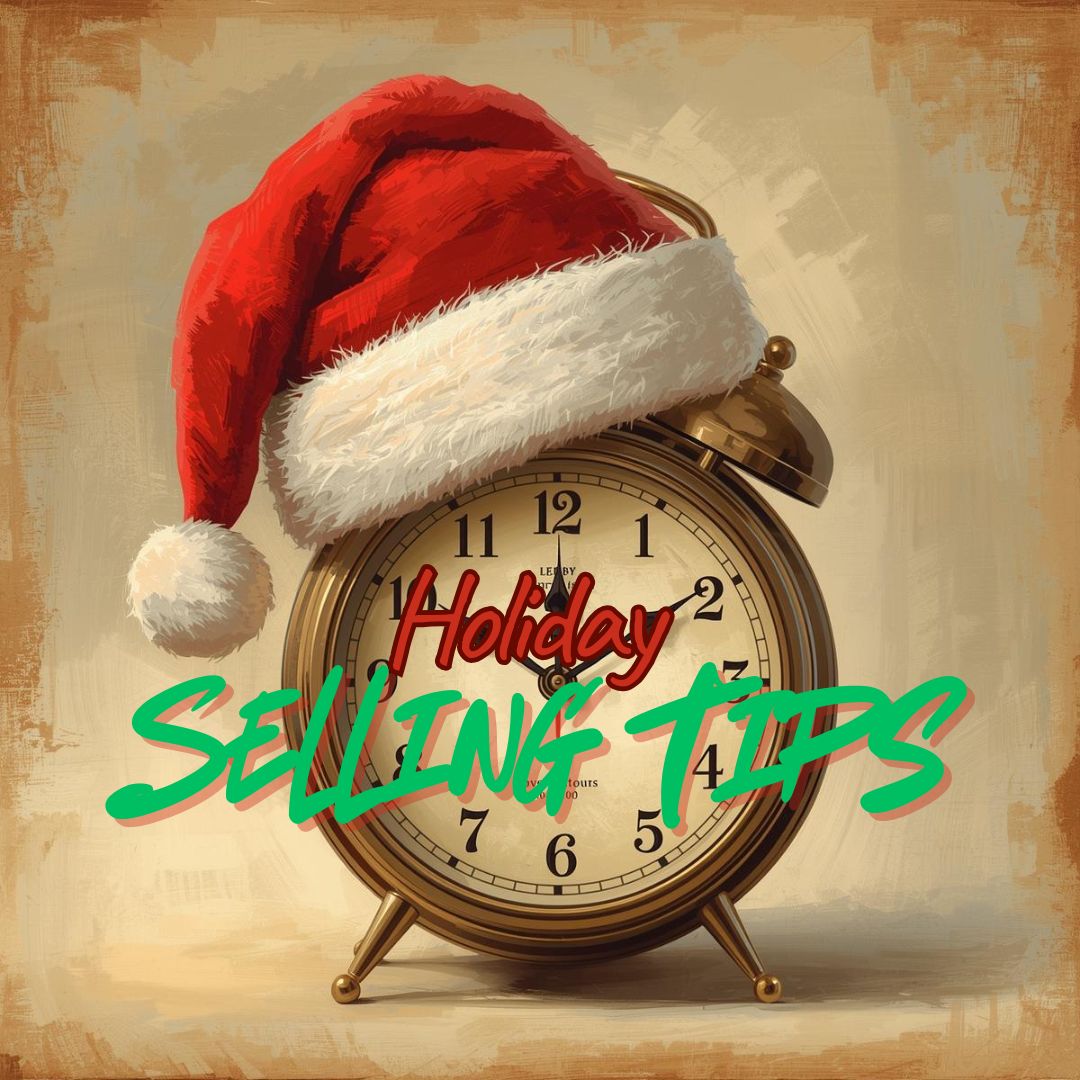Sales Development Representatives (SDRs) play a vital role in generating qualified leads and driving revenue for businesses. To excel in this fast-paced and competitive field, it's essential to continually refine your skills and adopt strategies that maximize your effectiveness. In this blog post, we will explore five actionable ways to improve your SDR game and achieve outstanding results.
What Does SDR Mean?
A Sales Development Representative (SDR) is a proactive and customer-focused professional within a sales team, specializing in generating and qualifying leads.
Through outbound prospecting and effective communication, SDRs play a pivotal role in establishing initial connections, assessing potential customers, and laying the groundwork for successful sales engagements, ultimately contributing to the growth and success of the business.
What is SDR in Sales
In short, an SDR is a salesperson who focuses on outbound prospecting and lead qualification. SDRs are responsible for identifying and reaching out to potential customers to create interest in a product or service.
Sales Development Representatives (SDRs) are instrumental in the early stages of the sales funnel, working to generate interest, qualify leads, and lay the foundation for successful sales process. Their efforts contribute to building a pipeline of potential customers for the sales team to pursue.
Effective SDR Tips to Boost Sales
Boosting sales through effective Sales Development Representative (SDR) strategies involves a combination of targeted approaches, clear communication, and efficient processes.
Here are 10 key strategies for SDRs to enhance sales:
1. Sharpen your targeting and research skills
To optimize your prospecting efforts, focus on the right audience.
Develop a clear understanding of your ideal customer profile (ICP) and the industries or verticals that align with your product or service.
Leverage market research tools, social media, and industry publications to gather relevant insights.
By narrowing your focus and targeting prospects who are most likely to benefit from your solution, you can increase your conversion rates and save valuable time.
2. Craft compelling messaging
Effective communication is the cornerstone of successful SDR outreach.
Craft personalized, compelling messaging that resonates with your target audience. Tailor your value proposition to address specific pain points and highlight the benefits of your solution. Use concise and impactful language, focusing on the outcomes your prospects can expect.
Experiment with different messaging styles, test what works best, and refine your approach based on feedback and results.
Related: Email Subject Lines to Boost Sales
3. Leverage multichannel outreach
Break through the noise and reach prospects effectively through a variety of communication channels.
While cold calling and email remain popular, explore additional avenues such as social media platforms (LinkedIn, Twitter), personalized video messages, or even direct mail.
Each channel has its unique strengths and preferences, so diversify your outreach to increase your chances of getting noticed and sparking meaningful conversations.
Related: Mastering Social Media for Sales
4. Nurture relationships through follow-up
The fortune is in the follow-up.
Many successful sales deals are a result of consistent and persistent follow-up efforts.
Don't be discouraged by initial rejections or lack of response. Create a follow-up cadence that combines different channels (email, phone, social media) and adds value with each touchpoint.
Share relevant content, insights, or case studies that further demonstrate the value you can provide. By nurturing relationships and staying top-of-mind, you can increase engagement and conversion rates over time.
5. Continuously learn and seek feedback
The sales landscape is ever-evolving, so embrace a mindset of continuous learning and improvement.
Here's how:
- Seek feedback from your peers, managers, and even prospects.
- Actively listen to recorded calls or review email interactions to identify areas for growth.
- Stay updated on industry trends, sales methodologies, and emerging technologies.
- Attend webinars, conferences, or training sessions to maintain a competitive edge.
Related: Learn How to Be a Great SDR (tips from Seamless.AI's CEO)
6. Build trust and rapport
A crucial part of successfully closing sales deals is building trust with your prospects.
Here are a few different ways you can build trust:
- Invest time in building relationships and understanding their needs.
- Actively listen to prospects.
- Pay attention to their challenges and pain points.
- Demonstrate empathy.
- Tailor your communication to address their specific concerns and offer customized solutions.
By focusing on relationship-building and showcasing genuine interest in their success, you can lay the foundation for a strong and trusting partnership.
7. Showcase value and ROI
Always showcase the return on investment (ROI) that your product or service offers.
Here’s how:
- Highlight specific benefits, such as increased efficiency, cost savings, or revenue growth.
- Utilize case studies, testimonials, and success stories to demonstrate real-world results.
- Craft a narrative that paints a picture of how your solution will solve their unique problems.
Showcasing the tangible value and ROI will help prospects visualize the impact your solution can have on their business, making it easier to close the deal.
8. Address objections proactively
Sales objections are inevitable. You should anticipate common sales objections, and be prepared with thoughtful responses.
Don’t just react to sales objections; understand the root cause and provide tailored solutions or explanations. Take the time to empathize with the prospect's concerns and provide evidence or data to support your claims.
By proactively addressing objections, you demonstrate expertise, build trust, and overcome barriers that may be preventing the prospect from moving forward.
9. Create a sense of urgency
Use FOMO as a powerful motivator in closing deals. What’s in it for customers if they act right now?
Emphasize any time-limited offers or incentives. Clearly communicate the consequences of delay, such as missing out on a competitive advantage or losing cost savings.
By creating a sense of urgency, you encourage prospects to make timely decisions, increasing the likelihood of closing the deal.
10. Collaborate with sales and marketing teams
Effective sales and marketing alignment can significantly impact your ability to close deals.
Work closely with the sales team to understand their process, align messaging, and leverage their expertise.
Collaborate with marketing to access high-quality sales enablement content, tools, and resources that can support your efforts.
By leveraging the collective knowledge and resources of your organization, you can enhance your closing capabilities and drive better results
Related: Types of Sales Enablement Tools
Success as an SDR
Closing leads as an SDR requires a combination of trust-building, value communication, objection handling, urgency creation, and collaboration, and so much more.
With consistent effort and a strategic approach, you can become a highly effective SDR and contribute significantly to your organization's growth.
















